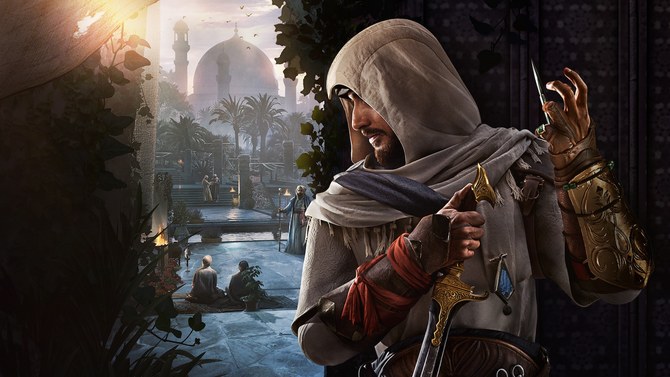
etflix’s latest nostalgia-driven docuseries tackles the history of video games, with a focus on the 1970s, 80s and early 90s that made this 32-year-old gamer feel positively sprightly. It is pacy and wide-ranging, charting a course from early arcade culture through to modern esports, text adventures to role-playing games (RPGs), Space Invaders to Doom, enlivened by enthusiastic anecdotes from the people who were there. It hardly turns a new lens on this period, leaning heavily on the most recognisable games and stories of the era, but it does a better job than most TV at talking about video games without being either too superficial or too boring.
Most of the interviewees are the familiar, male faces of early(ish) video game history: the venerable Nolan Bushnell of Atari, the endearing metalhead Doom co-creator John Romero, the eccentric RPG pioneer Richard Garriott and Space Invaders inventor Tomohiro Nishikado. But the series also makes an effort to throw the spotlight on lesser-known figures: Gail Tilden, who led Nintendo of America to multimillion-selling success; Ryan Best, the creator of a long-lost satirical LGBT RPG called GayBlade; Gordon Bellamy, the developer who pushed for the inclusion of African American players in early Madden football games. Many of these stories were new to me, and I wish a little more time had been devoted to them instead of Pac-Man, Street Fighter and Mario.
Even the stories that are not new to anyone with a passing knowledge of video game history are entertainingly told, through lively pixel animations that give events a comedic, playful vibe. I particularly enjoyed the segment about Dylan Cuthbert, a Brit who was put on a plane to Japan aged 18 to show the Game Boy’s architects how he and a colleague managed to squeeze rudimentary 3D graphics out of the machine. As he describes the daunting experience of standing wide-eyed, dressed in a T-shirt and jeans, in front of a roomful of Nintendo staff, the animation shows a baby waving a Game Boy at rows of scowling Thwomps in suits.
Cuthbert is one of few interviewees without an American drawl. High Score is narrowly focused – the US and Japan dominate, as if the rest of video game history never happened, and while Atari’s early consoles and the Nintendo Entertainment System crop up in almost every episode, the Amiga, Spectrum and Commodore 64 are never so much as mentioned.
Almost a whole episode is dedicated to the US console marketing war between Sega and Nintendo, and similar time is devoted to the 1990 Nintendo World Championships, an event exactly as global as baseball’s World Series. Much is made of the great video game crash of 1983, which was a non-event outside the US. It is like a history of film confined entirely to Hollywood, in a parallel universe where French cinema and German expressionism didn’t exist.
You will learn almost nothing about how video games are made from this series. Understandably, given the nature of television and the rather camera-shy nature of many of the world’s great coders, the series focuses primarily on artists, designers and star players rather than hardware engineers or programmers. The production does a good job of making the history of video games visually interesting, superimposing Space Invaders and coins and scores on footage of creatives wandering in Tokyo or hiking up mountains in a neat visual metaphor for how video games and real life are intertwined. But this comes at the cost of glossing over many aspects of this period in video game industry that were hugely important, but unexciting to look at.
High Score captures a time of light-speed progress in video games, where we went from Spacewar! to Pong to Sonic the Hedgehog. These are games that doubtless all look equally laughable to a modern 16-year-old gamer, but this series does well at explaining what was exciting about this time, and the way that each of the landmark games featured built on the foundations of what came before.












